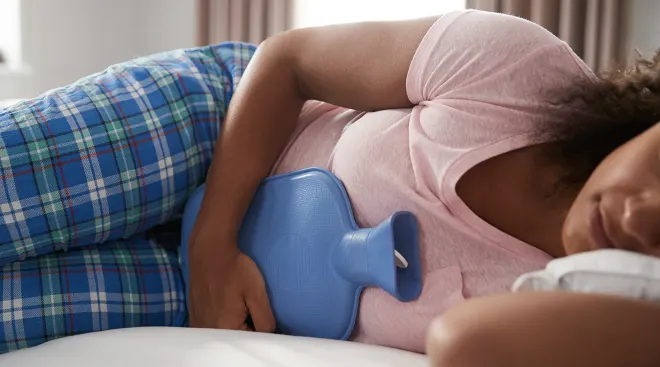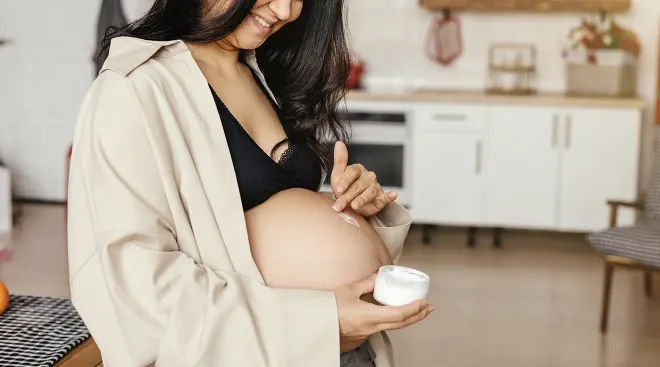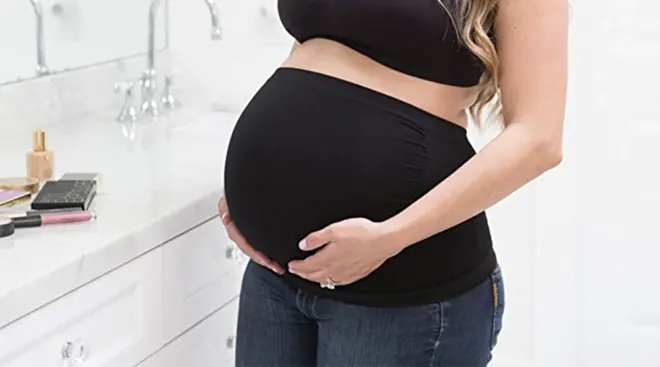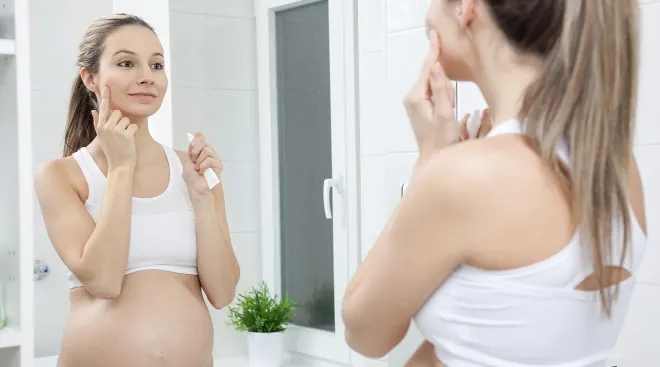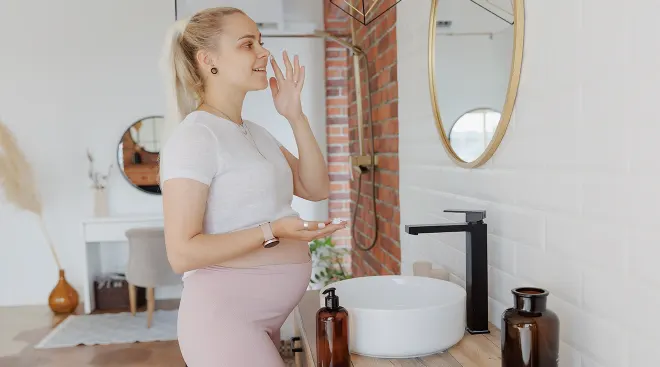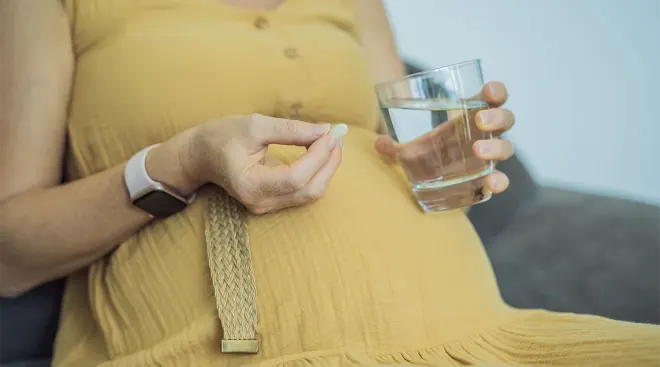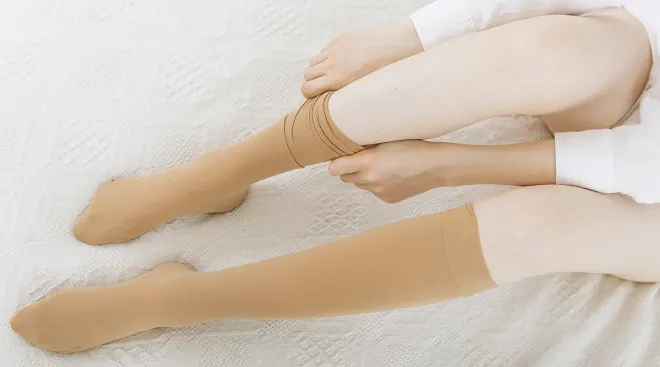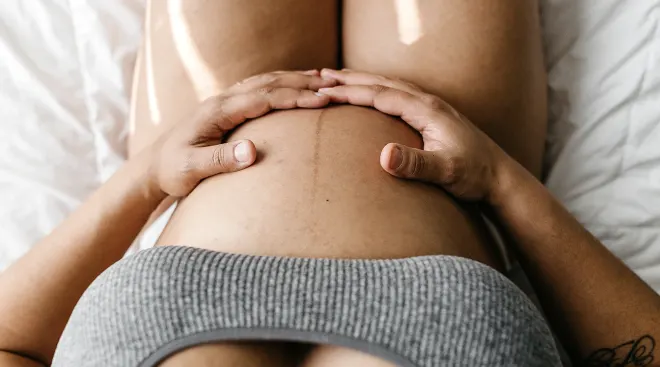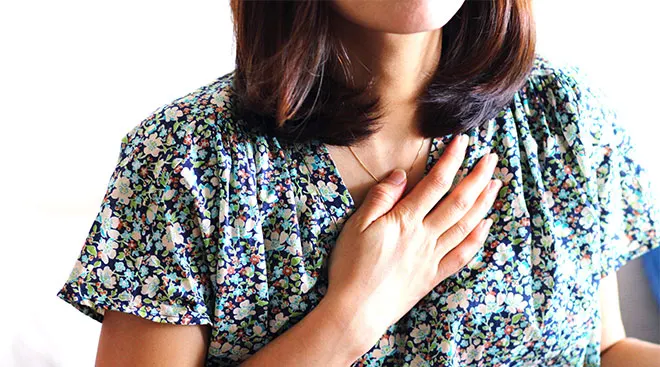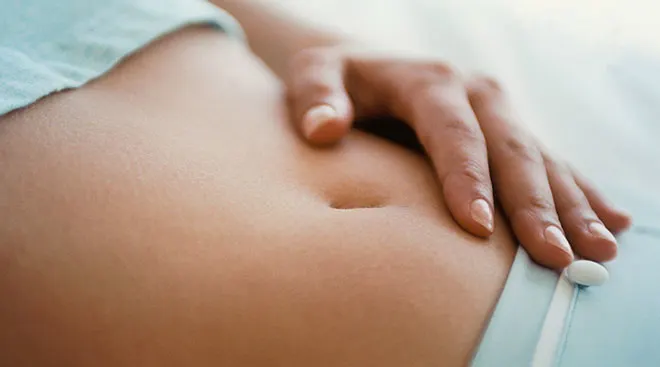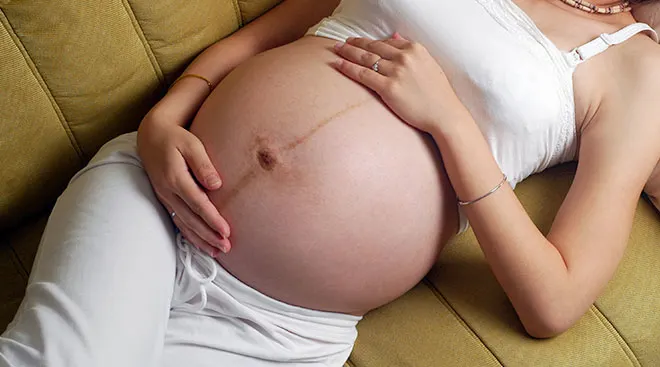7 Ways to Detox Your Home and Routine for a Healthier Pregnancy
A mom’s body is a brilliant, resilient and delicate ecosystem designed to nourish life. While a baby’s development is informed by genetics, it’s also influenced by what mom eats, drinks and breathes during pregnancy. Suffice to say that your environment plays an important role in building a healthy foundation for your newborn. What’s more, our growing understanding of epigenetics—the study of how our behaviors and surroundings can cause changes that affect the way our genes work—indicates that we actually have more control over our health and that of our children than previously believed. In short, the decisions you make today can affect the life long health of your baby. Want to make more empowered choices for yourself and your growing family? That starts with educating yourself about the everyday toxins and finding ways to reduce their presence in your home and life.
The connection between a healthy pregnancy and a healthy environment is often overlooked. And with a lack of environmental health regulations in place, you have to be your own best advocate.
If you’re pregnant, you may want to take some proactive measures sooner rather than later. A 2004 study by the Environmental Working Group (EWG) found 200 manmade chemicals in newborns’ cord blood. Many of these detected substances are used in skincare products, cookware and cleaning essentials. What’s more, there’s a growing body of research suggesting that rising health complications and learning disabilities in children may be related to prenatal exposure to certain toxic substances found in our food, water and everyday products.
While it’s true that some harsh chemicals are pervasive in our environment because of pollution, there are simple steps you can take to reduce the toxic burden in your home and body while also contributing to a healthier planet for all.
The reassuring news is that early research indicates that we may be able to reduce our toxic burden through simple lifestyle changes. For starters, detoxing your personal care routine is a move in the right direction. Here’s what you can do now.
1. Avoid products with synthetic fragrances
The word “fragrance” is widely used as an umbrella term that can encompass an array of unregulated chemicals. And trade secret laws mean that manufacturers don’t have to disclose the ingredients used in fragrances.
My suggestion: From candles and air fresheners to perfumes and cleaning products, synthetic fragrances are used in tons of products, so your safest bet is to opt for unscented items or natural fragrances whenever possible. If you want aromatics for your home, opt for essential oils in a diffuser and choose candles made with 100 percent soy or beeswax and a cotton wick to promote healthy air quality.
My pick: This C & the Moon candle is adored with rose-quartz crystal. Handcrafted with notes of vanilla and coconut, it’s made with 100 percent non-GMO soy wax and a cotton core wick.
2. Skip chemical cleaning products
A recent study revealed that babies born to moms who were regularly exposed to chemical cleaning products were two times more likely to develop breathing problems such as asthma.
My suggestion: You can easily make your own “cleaner” cleaning products with basic but effective ingredients, like white vinegar, baking soda and castile soap. What’s more, making your own cleaning products also limits plastic waste and the toxic chemicals entering our water system and airways.
Don’t have the bandwidth to DIY your cleaning routine? That’s understandable, but be wary of products labeled “green” and “natural.” These terms are not regulated and don’t always reflect a product accurately. Check out the EWG’s guide to cleaning products to search specific brands and ingredients.
My pick: Check out Branch Basics, Grove Collaborative and Dr. Bronner’s for cleaning products you can feel confident using.
3. Stay away from PFAs
Polyfluoroalkyl substances (PFAs) are sometimes referred to as “forever chemicals,” as they can linger in water and air for thousands of years. Some research has linked PFAs to a wide range of health effects, such as preeclampsia, increased risk of thyroid disease, birth defects, cancer and liver damage. Many of these chemicals—which are detectable in blood and breast milk—are found in commonly used household items, like cookware. (Check out the film The Devil We Know to learn more about the history of these chemicals and the dangers they pose.)
My solution suggestion: To limit exposure to PFAs, stay away from non-stick cookware, stain-resistant and flame-retardant furniture, rugs and clothing.
My pick: Check out the cookware collection from Caraway. Featuring a mineral-based coating, it’s free of PTFE, PFOA and other toxic materials.
4. Be smart about supplements
With hundreds—if not thousands—of prenatal multivitamin brands and formulas to choose from, it can be difficult to know how to decipher which prenatal will offer the greatest benefits. It also may surprise you to learn that prenatal multivitamins are not regulated by the Food and Drug Administration (FDA). There are a number of supplements out there marketed to pregnant women that contain insufficient dosage, have ingredients not recommended during pregnancy or are high in heavy metal contamination.
My suggestion: It may sound intimidating, but you can do your due diligence and investigate a vitamin’s quality by looking at a company’s certificates of analysis or by checking The Clean Label Project; they perform independent tests on common products to provide unbiased information for consumers.
My pick: I work with Needed. You can choose the supplement plan that works for you.
5. Rein in your beauty products
On average, women expose themselves to 163 chemicals daily through skincare alone, so it’s no surprise that these products are one of the leading causes of endocrine-disrupting chemical exposure for women. Most conventional beauty products contain phthalates, parabens, heavy metals and dyes. In other words, not things you want to apply to your skin (aka your largest organ) during pregnancy—or anytime, really.
My suggestion: Finding authentically clean products isn’t always easy, and labels can be misleading. Use the EWG Skin Deep database to learn about the safety of specific products and ingredients.
My pick: My passion for clean and conscious skincare led me to create my own line of non-toxic products. Check out C & The Moon.
6. Get a better mattress
We spend a third of our lives sleeping, so it’s imperative to find a healthy mattress that supports our ability to relax, detox and heal through rest. But most conventional mattresses are made using polyester and treated with toxic chemicals and flame retardants that can emit VOCs. They may also have undergone undisclosed chemical treatments that can impact our health.
My suggestion: Find a mattress made of natural materials like latex, wool and/or organic cotton. Ideally, you want to find a mattress made with at least 95 percent organic content and one that has GOTS (Global Organic Textile Standard) certification. The options can seem overwhelming at first; consult the EWG’s home guide, do your research and ask your chosen retailer lots of questions.
My pick: I like the Avocado mattress; it’s one of two formaldehyde-free mattresses available in the US.
7. Be wise about plastics
Plastics break down into tiny pieces called microplastics, polluting our water and food supply. But the really disturbing thing? Research has suggested we are consuming a credit card worth of plastic each week. It’s no surprise then that plastic has been detected in placentas, cord blood and breast milk, according to a study. Plastics contain endocrine-disrupting chemicals such as PCBs and BPA, the latter of which mimic hormones in the body and can wreak havoc on reproductive health. Many companies have removed BPA from products, but alternatives aren’t necessarily completely toxin-free.
My suggestion: Choose glass if and when possible. Avoid plastic water bottles and invest in a good home-filtration system if you can (your wallet will eventually thank you too). You may also consider storing food in glass tupperware, purchasing glass bottles for baby and choosing wooden toys over plastic ones. FYI, you’ll also want to avoid heating up food and breast milk in plastic containers, since that invites chemicals to leach out and potentially contaminate the very thing you’re about to consume.
My pick: These silicone trays are great for freezing breast milk. You can then transfer and heat in your favorite glass bottle.
Trying to limit your exposure to chemicals can feel overwhelming at first. The good news is that you don’t have to take an all-or-nothing approach. Embrace some initial steps to cut out the worst chemical offenders, and you’ll be on your way to having a healthier body and home for yourself and your growing family.
About the author:
Carson Meyer is a certified birth doula, nutrition consultant, birth photographer and Needed changemaker based in Malibu, California. She supports parents through pregnancy, birth and the postpartum period, in the environment that best suits their needs. Some of her A-list clients include Gigi Hadid, Elsa Hosk and Mandy Moore. She also created and founded her own clean beauty and skincare company, C & the Moon. She hosts virtual prenatal circles for mamas all over the country. Learn more about her Growing Together courses here.
Please note: The Bump and the materials and information it contains are not intended to, and do not constitute, medical or other health advice or diagnosis and should not be used as such. You should always consult with a qualified physician or health professional about your specific circumstances.
Plus, more from The Bump:
Navigate forward to interact with the calendar and select a date. Press the question mark key to get the keyboard shortcuts for changing dates.



































